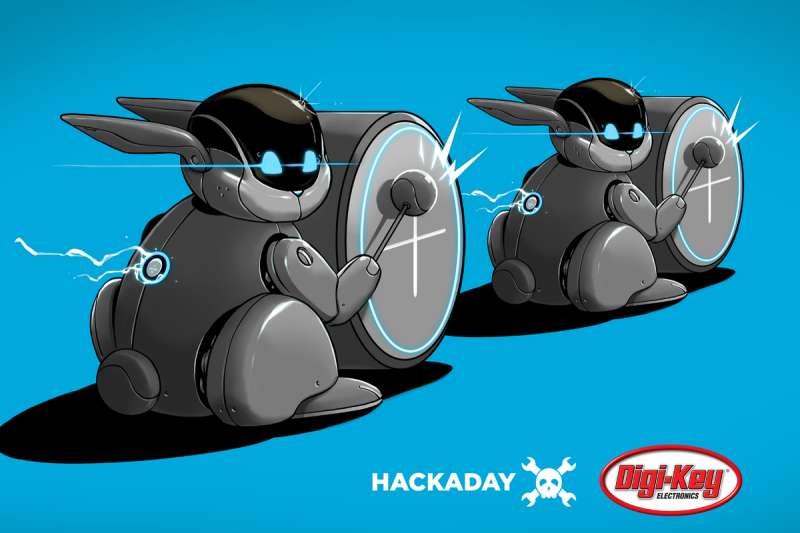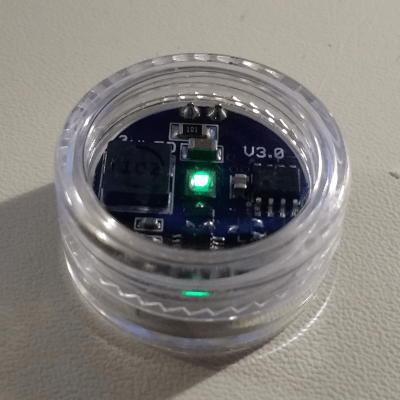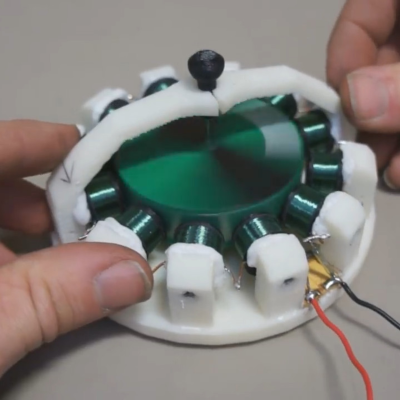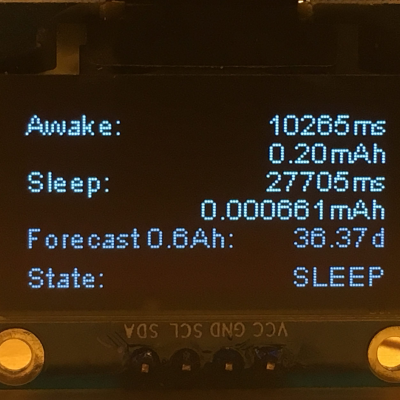
How low can you go? The 2023 Hackaday.io Low-Power Challenge is about doing the most with the least juice – bang for the power-budget buck, if you get our drift. And with three $150 gift certificates from Digi-Key on the line, you’ll be able to keep your projects going forever. The Challenge runs until March 21st, but with low-power, the devil is often in the details, so get started today!
More and more projects need to run on their own power, and more often than not, that means getting by without access to a wall plug. This contest is to encourage your designs that run on solar, small batteries, and generally energy harvested from wherever you can get it. But the power generation mechanism is taking the back seat here – we want to see what you can do with a few good electrons. Surprise us with your maximum minimalism!
Honorable Mention Categories
While the three big prizes go to the best projects in open judging, we’ve come up with a few sub-categories to inspire you. (And if we get enough good entries in these honorable mention categories, we’ll probably have to come up with some additional prizes.)
- Sensible Sensors How much sweet, sweet environmental monitoring can you get done on your power budget? Extra points here for wireless, especially because it’s harder to pull off within a low-power constraint.
- Artful Art There’s no reason that low-power and high-concept need to be at odds. Whether blinking, bleeping and blooping, or just being cool, this category rewards the most beauty per milliwatt.
- Battery Buster We sometimes see projects that run for ten years or more on paper, but are hamstrung by finding a cell with low enough self-discharge to run that long. If your project is going to beat the shelf-life of the batteries it’s designed around, it’s a battery buster.
- Perpetual Motion Moving things around in the real world isn’t cheap. This category is for the projects that produce the most physical movement for the least power. In this household, we obey the laws of thermodynamics, but we’d still like to see how much physical motion you can generate on a tight power budget.
- Just How Low? Measuring very tiny currents or extremely low duty cycles due to sleep modes can be challenging. But you need to know to go low. This category is for measurement methods and devices specifically for low power applications.
Rules and Inspiration
To enter the contest, create a Hackaday.io project and use the pull-down menu to submit it to the Challenge. You’re on your way.
We’re looking for the most efficient projects out there, but we’re also interested in being able to make one ourselves, so be sure to document everything as well as you can. Photos, videos, and even graphs can help. Quantifying ultra-low-power builds can be an art in itself, hence the honorable mention category, so don’t scrimp on the measurement details either.
We’ve seen a lot of low-power hacks over the years, but a few still stick out as our favorites. One that ticks all of the boxes is [Ted Yapo]’s TritiLED project. From tailoring LED choice to match human eye color response to diving deep into optimal pulse widths to make the most of a coin cell’s electron load, this project is amazing. (We have had one running for four years now on our bedside.)




In terms of maximum movement, we’re impressed by [lasersaber]’s long-running efforts to keep things spinning: his most-recent rotor design draws only 150 nanoamps and should keep turning for longer than any of us will be around. Magnetic bearings are the secret, but he’s also shown that you can get by with a much simpler setup. Could you make this into a clock? We’d love to see it!
On the measurement side, we love [Daniel]’s ESP8266-based power meter, because it gives you all the stats you need, including time spent in sleep mode. It also extrapolates out to how much runtime you’d get from a given battery. Cool!
Or maybe this is your excuse to try out a new low-power part that you’ve always wanted to experiment with. E-paper? Those fun Sharp transflective displays? Substituting a more appropriate wireless technology than WiFi for your IoT sensor’s data? This is your chance to break out and try something new.
Thanks again to Digi-Key for sponsoring!

0 Commentaires